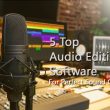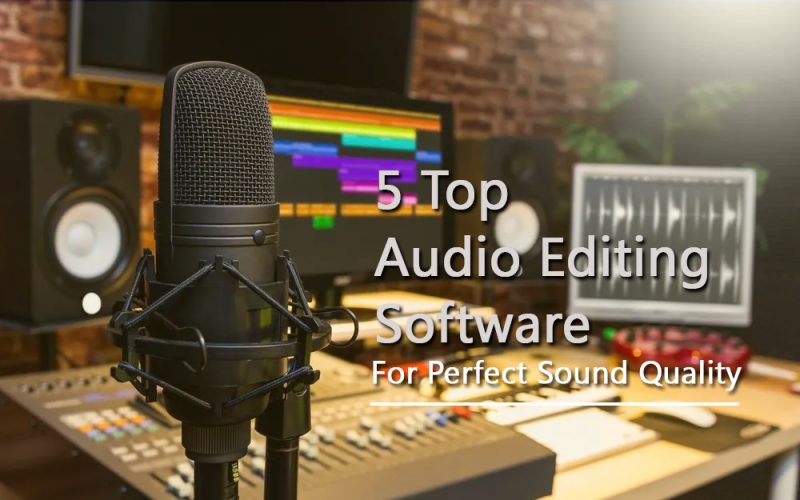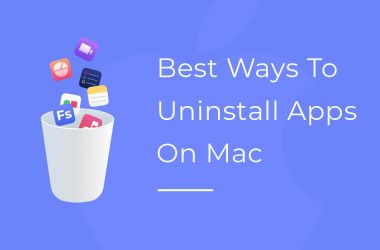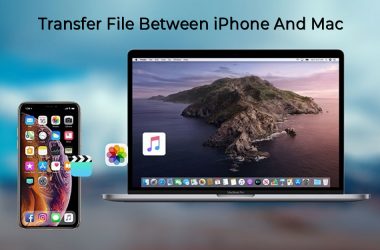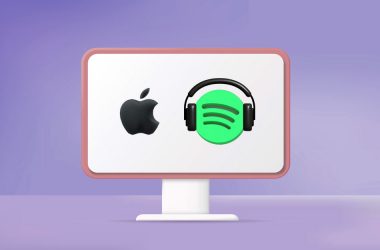In today’s content-driven world, audio editing software has become essential for everyone, from professional musicians to podcasters, YouTubers, and creators across various domains. Whether you’re creating a podcast, editing sound effects, or mixing music, the right audio editing tools can make all the difference.
This guide highlights the 5 best audio editing software programs to help you achieve professional sound quality, whether you’re a beginner or a seasoned expert.
1. Audacity
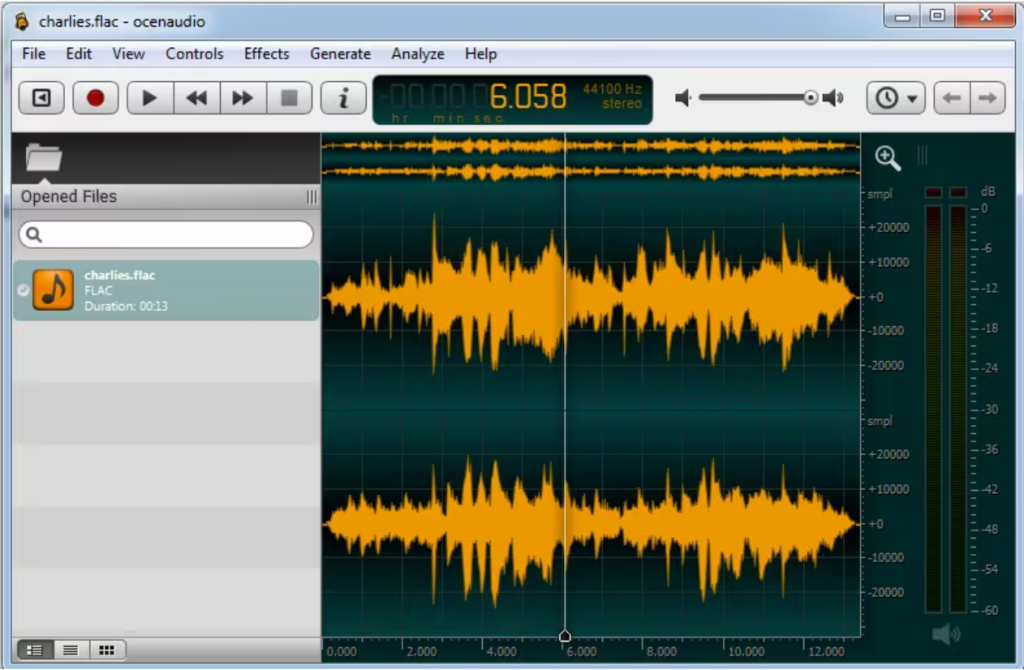
Overview
Audacity is a free, open-source audio editing application that offers a wide range of features for beginners and experts alike. It supports multiple platforms, making it accessible to users everywhere.
Key Features
- Audio recording and mixing capabilities.
- High-quality sound effects and plugins.
- Noise reduction and equalization tools.
Pros
- Supports a variety of file types, including WAV and MP3 editing.
- Large user community for troubleshooting and tutorials.
Cons
- Outdated interface.
- Complex for beginners without prior experience.
Audacity is ideal for users looking for a reliable audio editor for PC that balances simplicity with powerful editing tools.
2. Adobe Audition
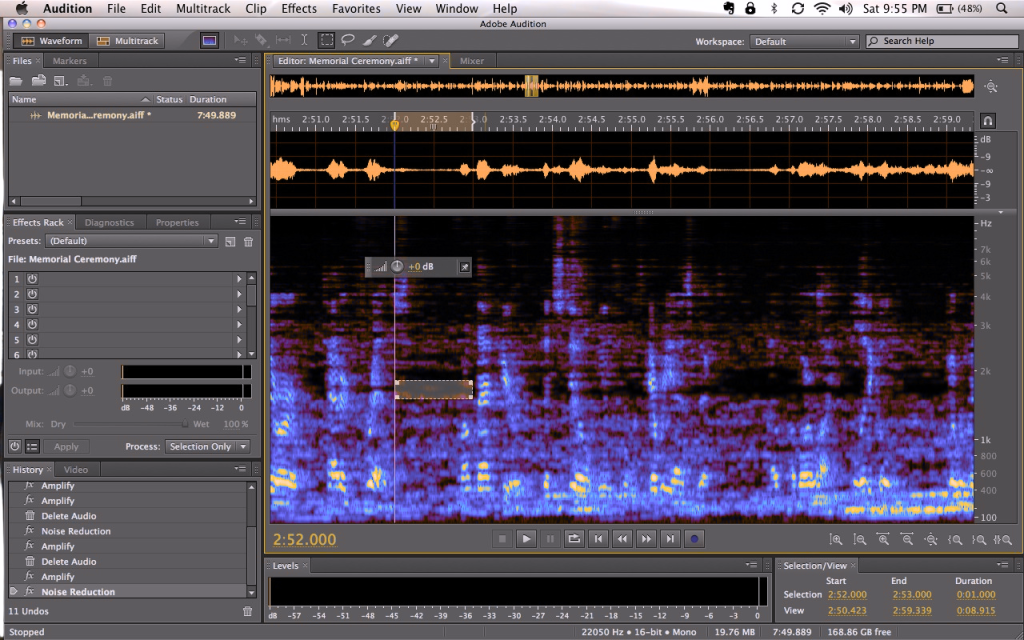
Overview
Adobe Audition is a professional-grade audio editing software that offers advanced features perfect for professionals. Part of the Adobe Creative Cloud suite, it excels in podcast editing tools, sound design, and music production.
Key Features
- Enhanced noise reduction and sound enhancement.
- Multitrack editing capabilities.
- Seamless integration with other Adobe tools.
Pros
- Professional-quality results.
- Rich features for music and podcast production.
- Regular updates and excellent customer support.
Cons
- Subscription-based and expensive for casual users.
- Requires a high-performing computer.
Adobe Audition is the go-to option for those requiring high-end features like voice-over software or audio mixing software.
3. GarageBand
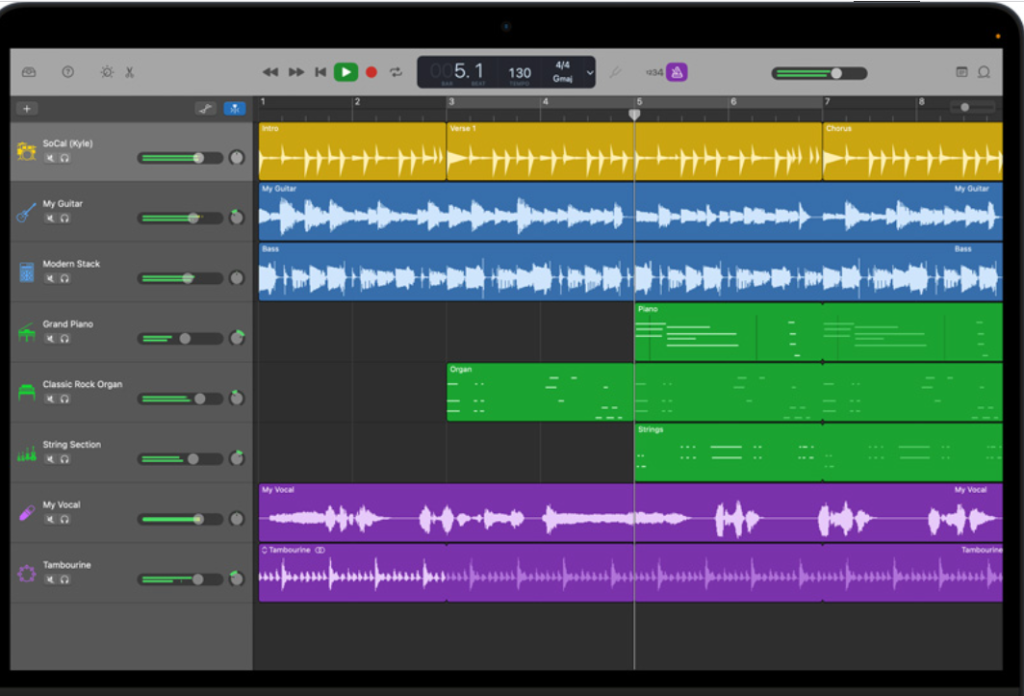
Overview
Exclusive to Mac users, GarageBand is a free and intuitive music editing software. It’s perfect for beginners who want an easy-to-use platform without sacrificing audio quality.
Key Features
- Pre-loaded instruments and loops for music creation.
- User-friendly interface ideal for beginners.
- Integration with Apple’s ecosystem.
Pros
- Free for macOS users.
- Great for simple podcast editing tools.
Cons
- Limited to Mac OS.
- Not suitable for advanced tasks like sound effects editing.
GarageBand is an excellent choice for beginners looking to explore audio recording and editing software.
4. WavePad
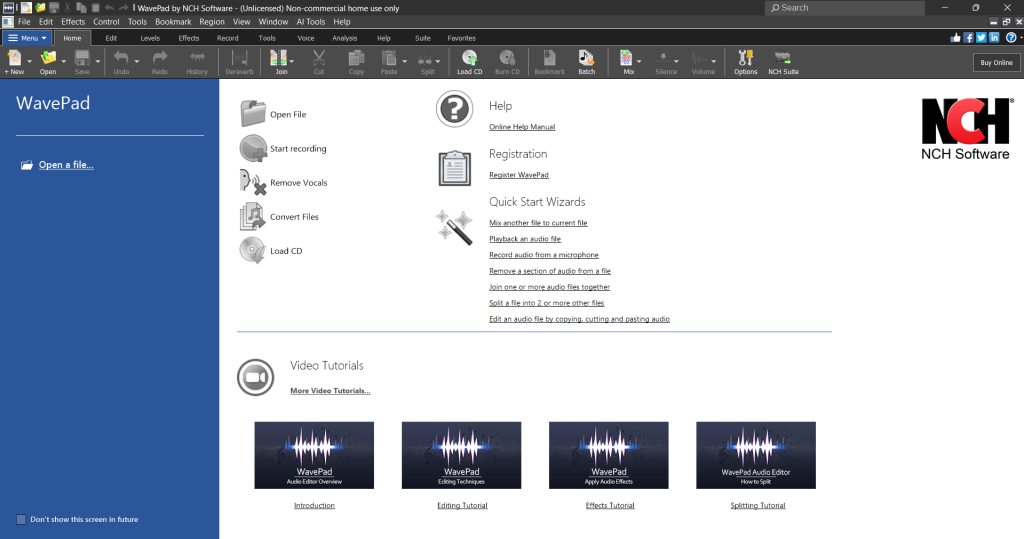
Overview
WavePad is a versatile audio editing app for both personal and professional use. It strikes a balance between beginner-friendly features and advanced tools for professionals.
Key Features
- Noise reduction and sound effects tools.
- Batch processing for multiple files.
Pros
- Available in free and paid versions.
- Easy-to-use interface with powerful features.
Cons
- Advanced tools are locked behind the paid version.
- Limited community support.
WavePad is perfect for users needing a flexible music editing software solution with robust audio editing options.
5. TwistedWave
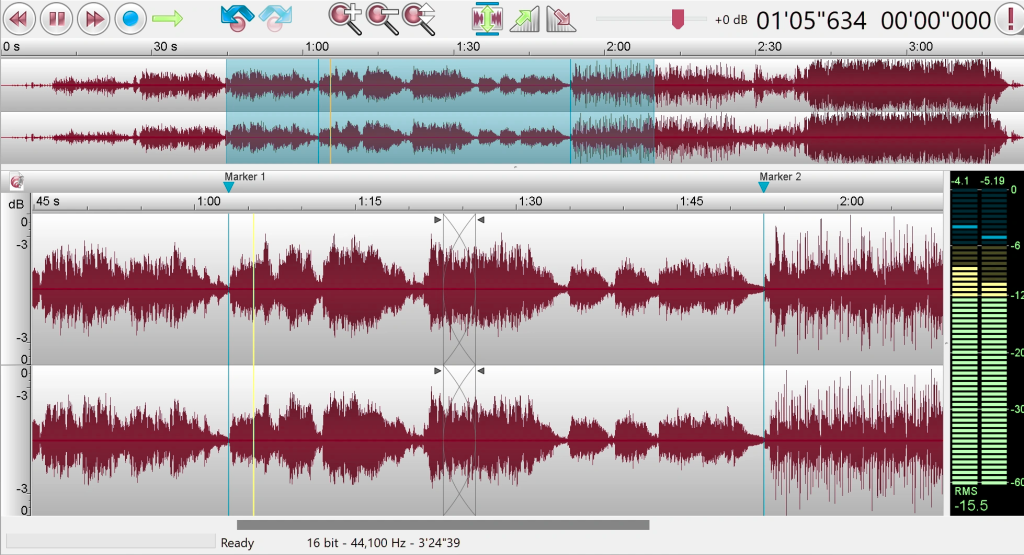
Overview
For quick and straightforward edits, TwistedWave is a browser-based audio editing software. It’s ideal for users who prefer not to install software but still need powerful tools for small projects.
Key Features
- Web-based editing with no installation required.
- Basic editing functions like cutting and filtering.
- Cloud storage integration.
Pros
- Free to use with a simple interface.
- Convenient for quick edits.
Cons
- Limited features compared to desktop applications.
- Requires an internet connection.
TwistedWave is great for users who need quick WAV and MP3 editing without the need for advanced software.
Choosing the Right Audio Editing Software
When selecting the best audio editing application, consider your needs, experience level, and budget.
For Beginners
Start with free tools like Audacity or GarageBand, which offer easy-to-learn interfaces and essential functionality.
For Professionals
Invest in premium software like Adobe Audition for advanced sound editing software capabilities.
For Quick Edits
Opt for browser-based tools like TwistedWave for quick edits without the hassle of installation.
Conclusion
Finding the right audio editing software doesn’t have to be challenging. Whether you’re working on podcasts, music, or sound effects, the options above cater to various needs and skill levels.
Evaluate your requirements and start creating high-quality audio content today!




